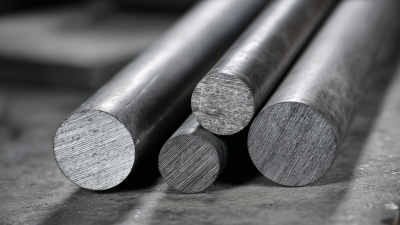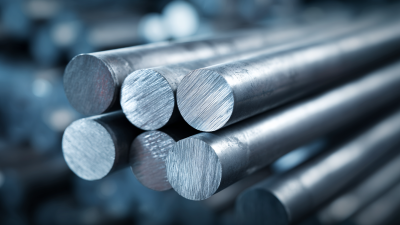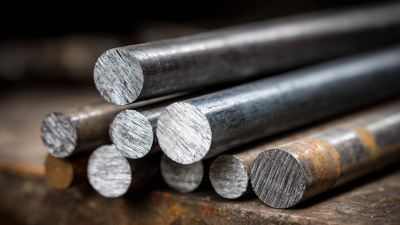Exploring the Durability: How Cemented Carbide Round Bars Outperform Traditional Materials in Tough Conditions
In the quest for materials that can withstand rigorous and demanding conditions,
Cemented Carbide Round Bars have emerged as a superior choice
over traditional materials. This article delves into the unique properties of these advanced bars,
which combine hardness, toughness, and wear resistance,
making them ideal for applications in harsh environments.
Unlike conventional materials that often succumb to wear and degradation,
Cemented Carbide Round Bars maintain their integrity and performance,
ensuring longevity and reliability in various industrial settings.
As we explore the advantages and practical applications of these durable components,
we will also provide actionable insights on how to effectively utilize
Cemented Carbide Round Bars for optimal results,
positioning them as essential assets in modern manufacturing and engineering.
Understanding Cemented Carbide: Properties that Enhance Durability in Harsh Environments
Cemented carbide is a composite material predominantly made of tungsten carbide and cobalt. Its unique properties contribute significantly to its performance in harsh environments, making it an ideal choice for demanding applications. The high density and hardness of cemented carbide enable it to withstand extreme wear and tear, far surpassing traditional materials like steel or aluminum. This resilience makes cemented carbide especially suitable for resources exploitation, mining, and industrial machining, where tools and components are frequently subjected to abrasive conditions.
Another remarkable feature of cemented carbide is its thermal stability. Unlike many conventional materials, which can lose strength under high temperatures, cemented carbide retains its mechanical properties even when exposed to intense heat. Additionally, its excellent corrosion resistance ensures longevity, even in chemically aggressive settings. These enhancements make cemented carbide round bars not only durable but also cost-effective over time, allowing for reduced maintenance and replacement frequency in various industries.
Comparative Analysis: Cemented Carbide Round Bars vs. Traditional Materials
Cemented carbide round bars have emerged as a superior alternative to traditional materials in various industrial applications, particularly in manufacturing and machining environments. According to a report by the International Journal of Advanced Manufacturing Technology, cemented carbide offers a hardness rating of approximately 1500-3000 HV (Vickers hardness), significantly outperforming traditional steel, which typically ranges from 200-800 HV. This inherent hardness translates to greater wear resistance and longer service life in demanding conditions where traditional materials may fail or degrade.
Additionally, the toughness of cemented carbide, which is a composite of tungsten carbide grains and a metallic binder, allows it to withstand shock and impact better than conventional materials. The American Society of Mechanical Engineers (ASME) highlights that cemented carbide tools can last up to ten times longer than high-speed steel tools. This extended longevity not only reduces the frequency of replacements but also enhances productivity by minimizing downtime, making cemented carbide round bars a cost-effective solution for high-performance applications where durability is paramount.
Exploring the Durability: How Cemented Carbide Round Bars Outperform Traditional Materials in Tough Conditions
| Material Type |
Tensile Strength (MPa) |
Hardness (HRA) |
Wear Resistance (%) |
Cost per kg ($) |
| Cemented Carbide Round Bars |
3000 |
85 |
95 |
50 |
| High Carbon Steel |
1200 |
38 |
60 |
20 |
| Aluminum Alloys |
300 |
70 |
50 |
15 |
| Titanium Alloys |
900 |
36 |
70 |
40 |
Applications of Cemented Carbide Round Bars in Extreme Conditions
Cemented carbide round bars are increasingly recognized for their superior performance in extreme conditions, standing out from traditional materials like steel or aluminum. These bars exhibit exceptional resistance to wear and corrosion, making them ideal for applications in industries such as mining, oil and gas, and metalworking. In mining operations, for instance, cemented carbide is used in drill bits and cutting tools due to its ability to withstand high impact and abrasive environments, significantly extending tool life and decreasing downtime.
Moreover, cemented carbide round bars are also utilized in the manufacturing of components that operate under high temperatures and pressures, such as in drilling rigs and industrial machinery. Their thermal stability ensures that they maintain structural integrity even in the most demanding situations, while their hardness allows for precise machining and durability. This reliability in extreme conditions not only enhances performance but also ensures safety and efficiency in various applications, making cemented carbide the material of choice for industries striving for innovation and resilience in the face of challenging operational environments.
Best Practices for Maintenance and Care of Cemented Carbide Products
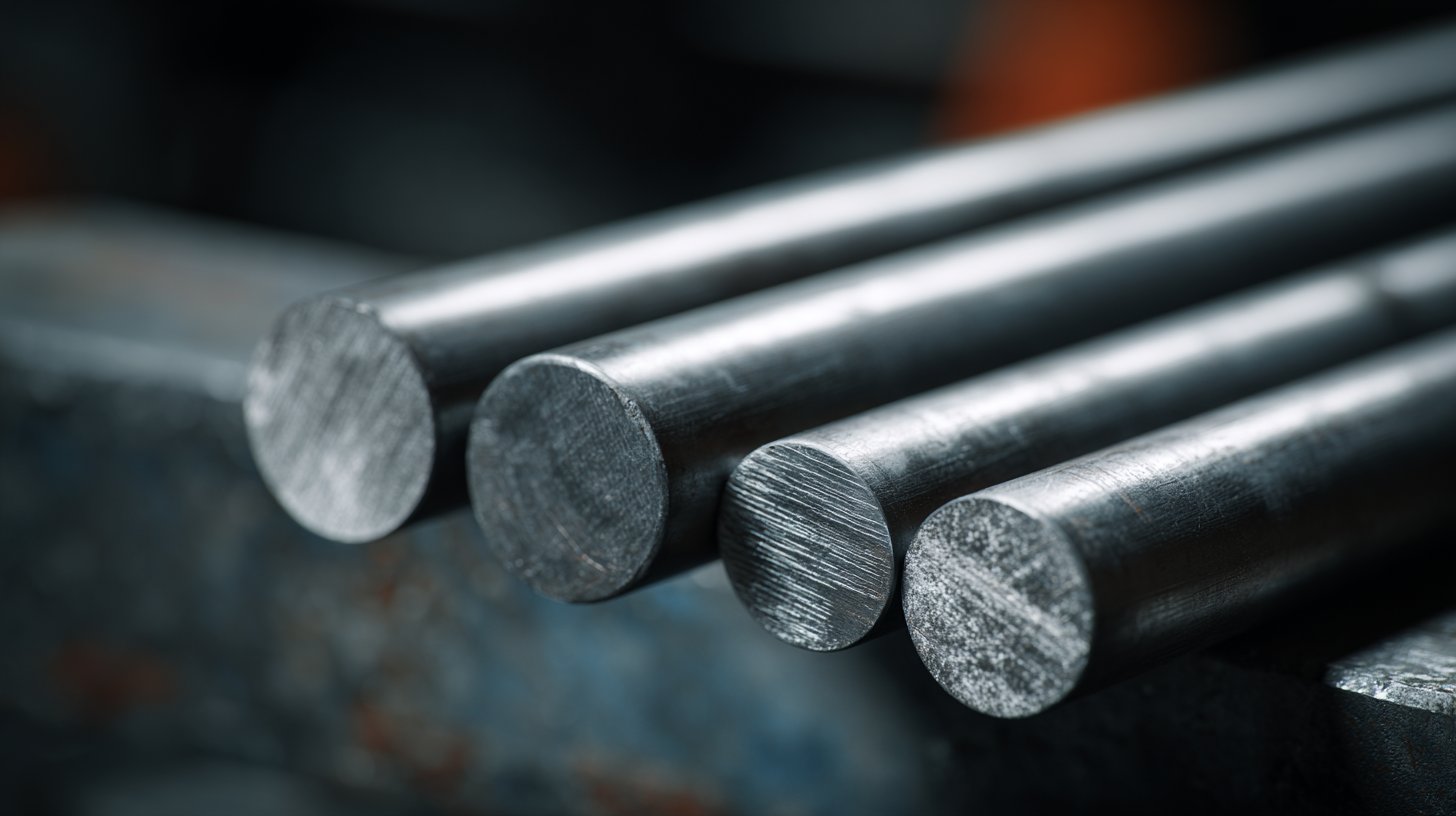 Cemented carbide products, known for their exceptional hardness and resistance to wear, require specific maintenance to ensure their longevity and optimal performance. Proper care not only maximizes their durability but also enhances their efficiency in demanding environments. Regular inspections are essential; look for signs of wear or damage, and address any issues promptly to prevent further deterioration.
Cemented carbide products, known for their exceptional hardness and resistance to wear, require specific maintenance to ensure their longevity and optimal performance. Proper care not only maximizes their durability but also enhances their efficiency in demanding environments. Regular inspections are essential; look for signs of wear or damage, and address any issues promptly to prevent further deterioration.
Tips for Maintaining Cemented Carbide Products:
- Clean Regularly: Use a soft brush or cloth to remove dirt and debris after each use. Avoid abrasive cleaners that can scratch the surface.
- Store Properly: Keep cemented carbide round bars in a dry place to prevent moisture accumulation. Use protective casings when storing to avoid accidental damage.
- Handle with Care: Always use appropriate tools to minimize impact stress when working with cemented carbide. This reduces the risk of chipping or breaking.
By following these best practices, users can ensure that their cemented carbide products maintain their performance in tough conditions for a long time.
Future Innovations: Enhancements in Cemented Carbide Technologies for Tough Applications
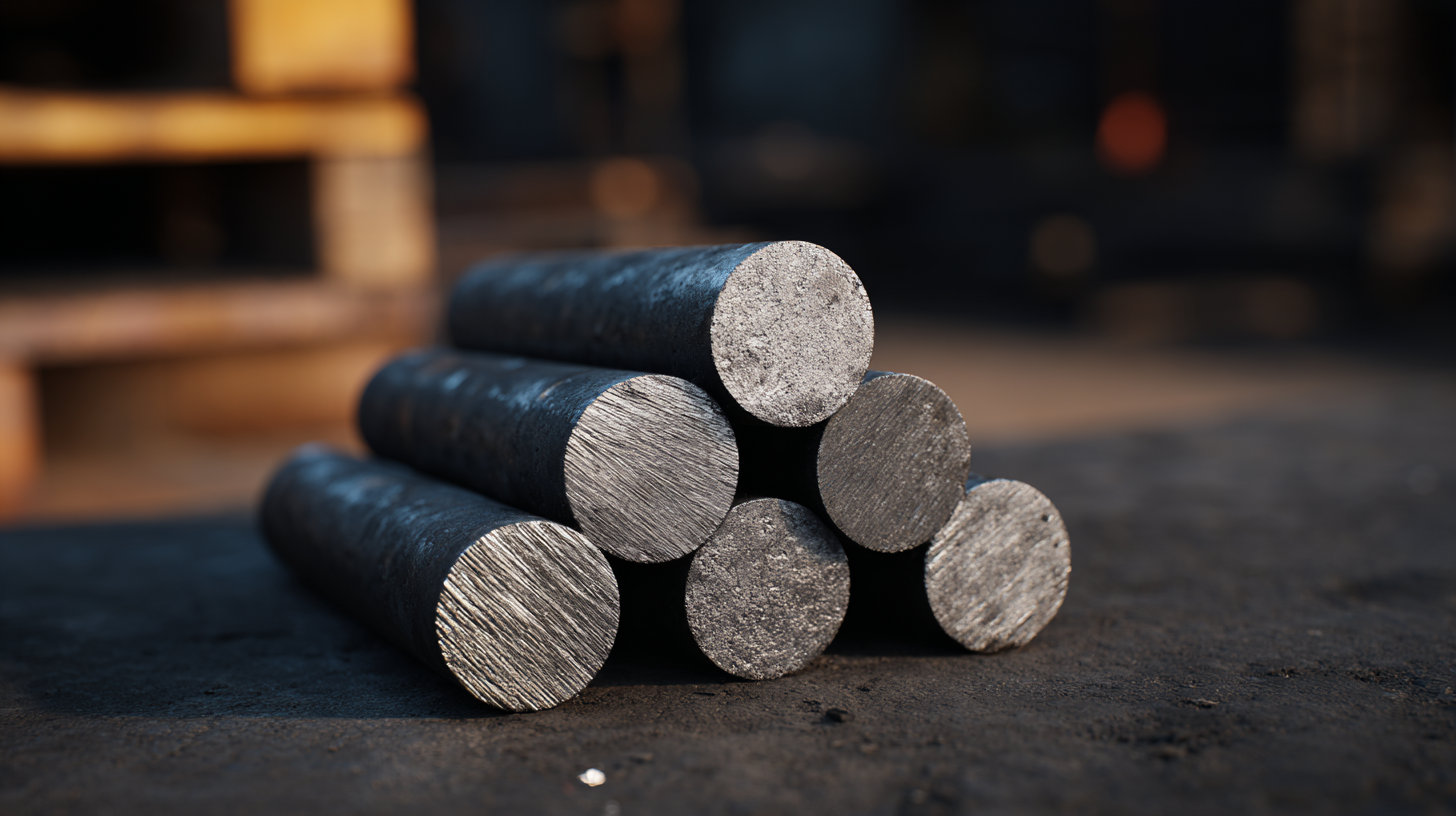 Cemented carbide technologies are rapidly evolving, positioning themselves as the frontrunners in achieving durability and performance in extreme environments. Recent industry reports indicate that cemented carbide round bars offer over three times the wear resistance compared to traditional steel materials, making them indispensable in sectors like mining, oil and gas, and aerospace. Innovations such as advanced sintering techniques and the incorporation of tungsten carbide with improved binder materials are pushing the boundaries of what these tools can achieve. As companies increasingly prioritize operational efficiency and material longevity, the focus on enhancing cemented carbide technologies is becoming paramount.
Cemented carbide technologies are rapidly evolving, positioning themselves as the frontrunners in achieving durability and performance in extreme environments. Recent industry reports indicate that cemented carbide round bars offer over three times the wear resistance compared to traditional steel materials, making them indispensable in sectors like mining, oil and gas, and aerospace. Innovations such as advanced sintering techniques and the incorporation of tungsten carbide with improved binder materials are pushing the boundaries of what these tools can achieve. As companies increasingly prioritize operational efficiency and material longevity, the focus on enhancing cemented carbide technologies is becoming paramount.
Tip: When selecting materials for tough applications, consider not only the initial cost but also the long-term savings on replacement and maintenance. Cemented carbide’s superior endurance can lead to reduced downtime and lower overall operational costs.
Emerging trends in cemented carbide fabrication, including additive manufacturing, are also paving the way for customized solutions tailored to specific operational challenges. These innovations not only enhance the mechanical properties of the materials but also enable the production of parts with complex geometries that were previously unattainable. As further advancements are introduced, stakeholders in various industries should remain vigilant for opportunities to leverage these technologies to maintain a competitive edge.
Tip: Keep an eye on the latest research and development in cemented carbide technologies to identify materials and methods that could enhance your product offerings or production processes.

Home
About Us
Products
Solid Carbide Rods
Carbide Rods with coolant holes
Carbide Rods with Two Helix Holes
Tungsten Carbide Flats
Solid Carbide Discs
Tungsten Carbide anti-vibration cylindrical shafts
Non-standard Customized Carbide Blanks
Solid Carbide Circular Saw Blade
Solid Carbide Woodworking Blade
Solide Carbide End Mills
Solid Carbide Drills
Carbide Rotary Burrs
Customized Carbide Tools
News
FAQS
Contact Us
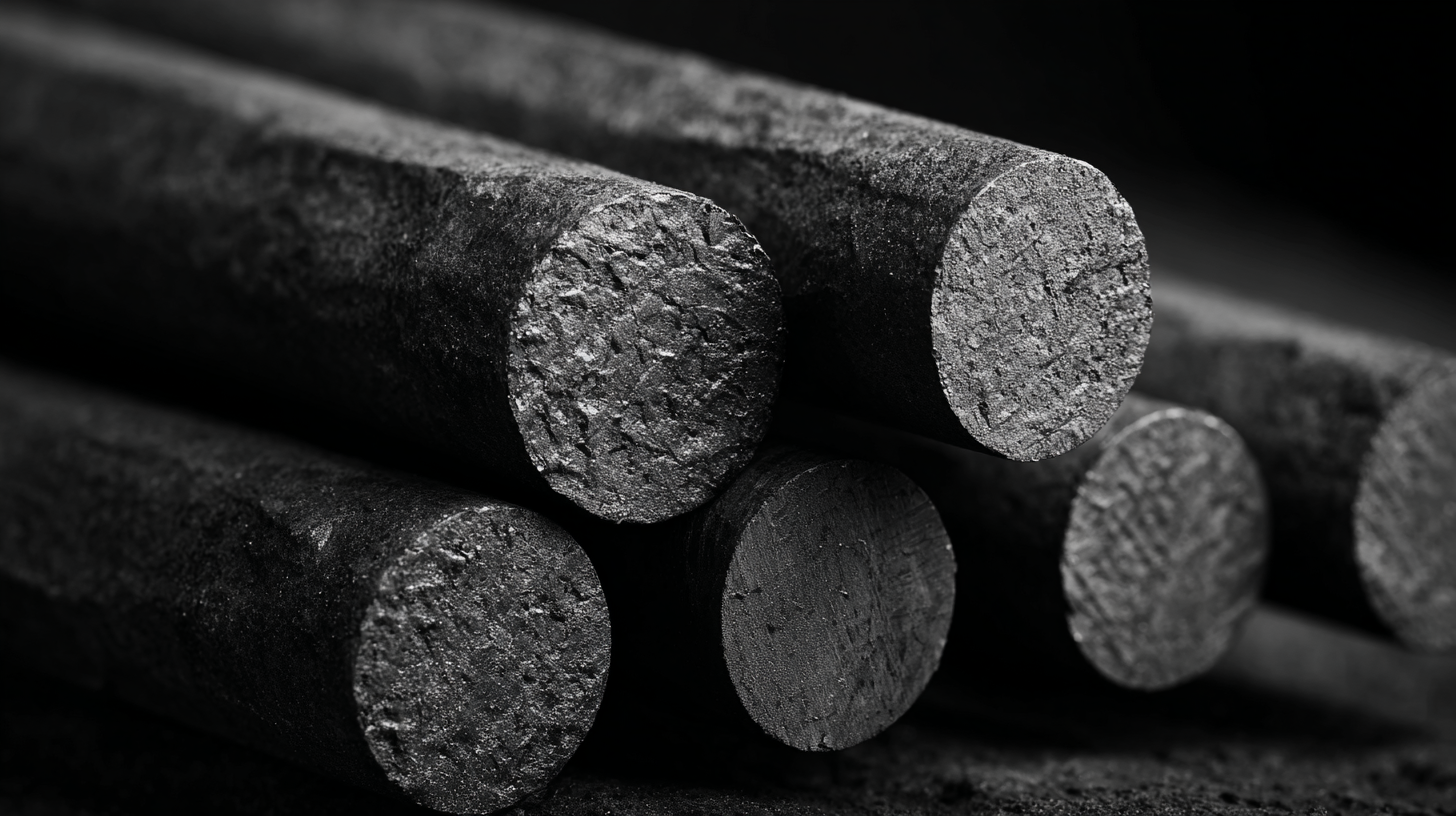
 Cemented carbide products, known for their exceptional hardness and resistance to wear, require specific maintenance to ensure their longevity and optimal performance. Proper care not only maximizes their durability but also enhances their efficiency in demanding environments. Regular inspections are essential; look for signs of wear or damage, and address any issues promptly to prevent further deterioration.
Cemented carbide products, known for their exceptional hardness and resistance to wear, require specific maintenance to ensure their longevity and optimal performance. Proper care not only maximizes their durability but also enhances their efficiency in demanding environments. Regular inspections are essential; look for signs of wear or damage, and address any issues promptly to prevent further deterioration.
 Cemented carbide technologies are rapidly evolving, positioning themselves as the frontrunners in achieving durability and performance in extreme environments. Recent industry reports indicate that cemented carbide round bars offer over three times the wear resistance compared to traditional steel materials, making them indispensable in sectors like mining, oil and gas, and aerospace. Innovations such as advanced sintering techniques and the incorporation of tungsten carbide with improved binder materials are pushing the boundaries of what these tools can achieve. As companies increasingly prioritize operational efficiency and material longevity, the focus on enhancing cemented carbide technologies is becoming paramount.
Cemented carbide technologies are rapidly evolving, positioning themselves as the frontrunners in achieving durability and performance in extreme environments. Recent industry reports indicate that cemented carbide round bars offer over three times the wear resistance compared to traditional steel materials, making them indispensable in sectors like mining, oil and gas, and aerospace. Innovations such as advanced sintering techniques and the incorporation of tungsten carbide with improved binder materials are pushing the boundaries of what these tools can achieve. As companies increasingly prioritize operational efficiency and material longevity, the focus on enhancing cemented carbide technologies is becoming paramount.